Tuscany is one of the most important and renowned wine regions not only in Italy, but in the whole world. The wines produced in this area are of great quality, thanks to the soil and the mild climate of the territory but also thanks to an historical wine-making tradition.
The best-known wine-growing areas in this region are undoubtedly the famous Chianti hills, but also the entire Mugello area, the Val di Chiana as well as the coastal strip.
Tuscany has no less than a range of 41 DOC (controlled designation of origin) wines, 11 DOCG (controlled and guaranteed designation of origin) wines and 6 IGT (indication of geographical typicality) wines, a proof of the remarkable quality of the Tuscan production.
So, which are the best Tuscan wines? Below, you can find a list of the ten most important wines of Tuscany and some wonderful tours you absolutely must try.

10. Brunello di Montalcino DOCG

The red wine DOCG Brunello di Montalcino is obtained from the Sangiovese grape, a grape variety traditionally known as "Brunello” in Montalcino.
The geographical area dedicated to the production of this wine extends over the Crete Senesi and includes the territory of the municipality of Montalcino, in the province of Siena.
According to the procedural guideline, the wine can be released on the market on the 1st January of the fifth year after the harvest; during this long period, the wine must spend at least two years in oak barrels and age for at least four months in the bottle.
Brunello di Montalcino is a visually limpid, brilliant wine, with a bright garnet colour, and it has an intense, persistent, ample perfume. To the taste, the wine has an elegant and harmonious body, it is dry with a lengthy aromatic persistence. Such characteristics allow it to be paired with very structured dishes, such as red meats, game and aged cheeses.
9. Chianti Classico DOCG
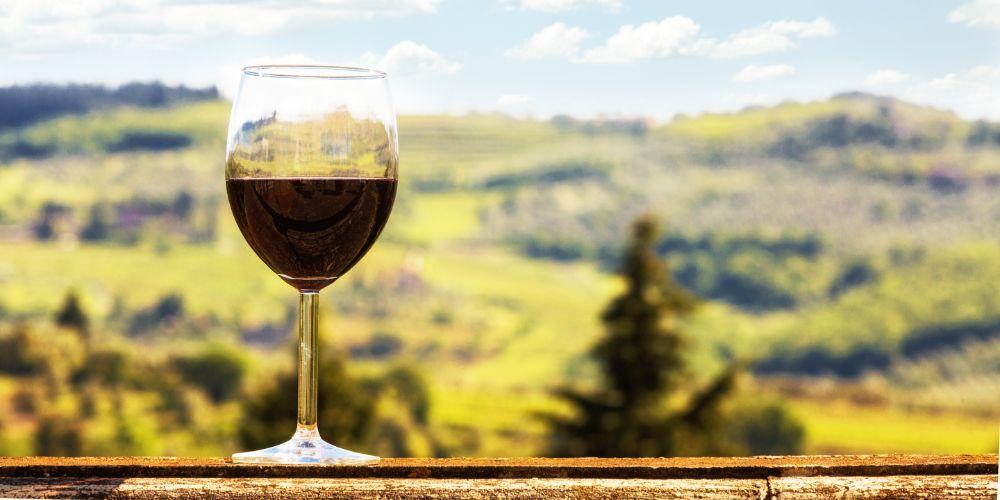
DOCG Chianti Classico red wine is produced with a minimum of 80% of Sangiovese grape and a maximum contribution of 20% of other black grapes suitable for cultivation in Tuscany.
The production area of this fine wine extends over the hills of the central Tuscan Apennines and is located in the province of Florence, including the territory of the municipalities of Greve in Chianti and part of the territory of the municipalities of Barberino Val d'Elsa, San Casciano in Val di Pesa and Tavarnelle Val di Pesa, and in the province of Siena, including the territory of the municipalities of Castellina in Chianti, Gaiole in Chianti, Radda in Chianti and, in part, the territory of the municipalities of Castelnuovo Berardenga and Poggibonsi.
Each bottle of Chianti Classico must be distinguished by the Black Rooster trademark on the neck of the bottle or on the back label.
Chianti Classico is a ruby red-coloured wine with a pretty intense colour,a deep and floral aroma and a dry, fresh, savoury flavour. The ideal pairings for Chianti are all the traditional Tuscan dishes, from vegetable-based soups (Ribollita) to grilled and roast red meats.
8. Carmignano DOCG
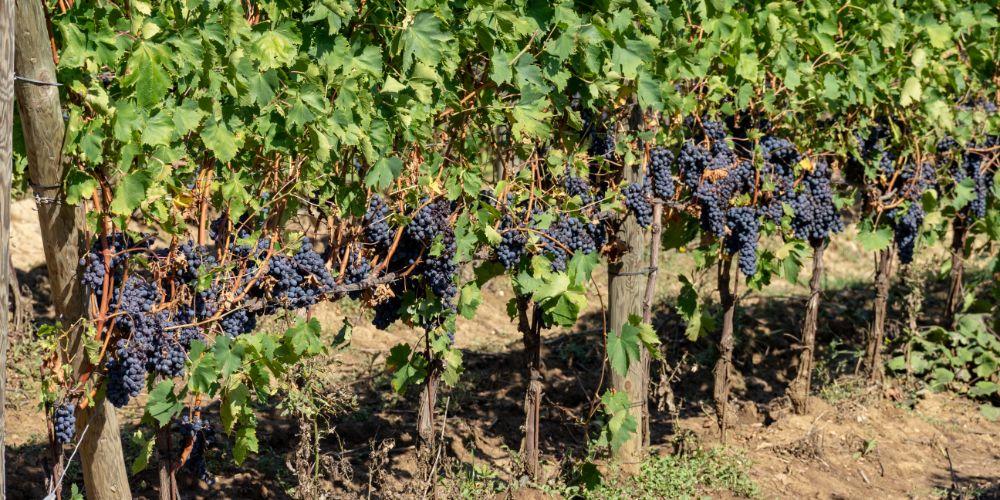
Several grape varieties are used to produce DOCG Carmignano red wine, such as Sangiovese minimum 50%, Canaiolo Nero up to 20%, Cabernet Franc and Cabernet Sauvignon, alone or combined, from 10 to 20%, Trebbiano Toscano, Canaiolo Bianco and Malvasia del Chianti alone or combined, up to a maximum of 10%.
The production area of this wine is located in the province of Prato and includes the territory of the municipalities of Carmignano and Poggio a Caiano; as established by the procedural guideline, Carmignano DOCG wine must age for at least eight months.
Carmignano is a wine with an intense garnet reddish colour, a winy smell with an intense perfume and a pleasant taste. It pairs well with structured dishes such as Florentine polpettone (a large meatball dough enriched with mortadella and ham), en papillote guinea-hen, porchetta (a typical sausage made from pork and seasoned with various spices) and Florentine steak.
7. Vino Nobile di Montepulciano DOCG
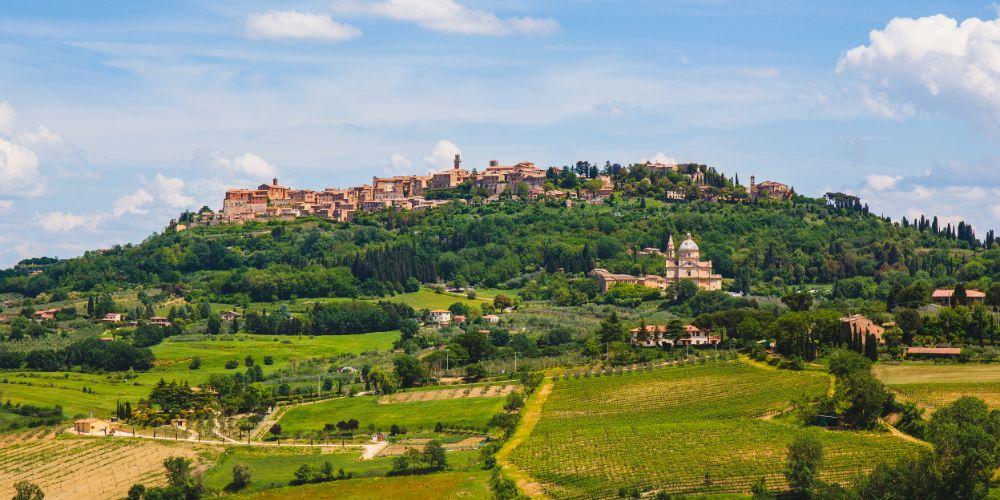
DOCG red wine Vino Nobile di Montepulciano is produced with a minimum of 70% of Sangiovese grape, and a maximum of 30% of other non-aromatic vines suitable for cultivation in Tuscany, with a maximum limit of 5% for white grapes.
The production area of this wine is located in the province of Siena, precisely, in the territory of Montepulciano, in the province of Siena.
The wine must age for at least twenty-four months.
Vino Nobile di Montepulciano is characterised by a ruby/garnet red colour, an intense and characteristic aroma and a dry and balanced flavour, with a possible hint of wood. It is perfect with grilled or roast red meats, game and aged cheeses.
6. Vernaccia di San Gimignano DOCG
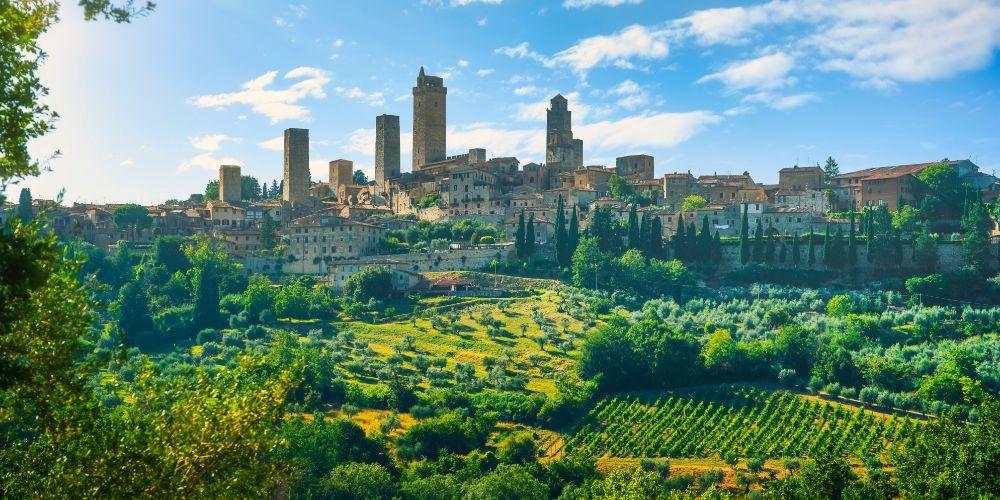
DOCG white wine Vernaccia di San Gimignano, also known as the white queen of Tuscany, must be produced for at least 85% with grapes from the Vernaccia di San Gimignano vine, allowing a maximum presence of 15% of other non-aromatic white grapes, suitable for cultivation in Tuscany, according to the procedural guideline.
The production area of the grapes comprises exclusively the municipal territory of San Gimignano, in the province of Siena.
Vernaccia di San Gimignano wine has a straw yellow colour with golden reflections. The bouquet is fine and it has a delicate smell with fruity and floral hints, and the taste is dry, harmonious and sapid, sometimes with a characteristic almond aftertaste. It is excellent as an aperitif, with shellfish and mollusc starters, but also with first courses with white sauces and mushrooms, rice and pasta salads. It is perfect with roast, fried, grilled or/and en papillote fish dishes, and raw fish.
5. Vin Santo del Chianti Classico DOC

The white DOC Vin Santo del Chianti Classico is produced for a minimum of 60% with grapes from the Trebbiano Toscano and Malvasia grape varieties (alone or combined) and for a maximum of 40% with grapes from other white grape varieties suitable for cultivation in Tuscany. Its colour varies from straw-yellow to golden, to intense amber, with an intense and characteristic aroma, and both a dry and a sweet flavour.
The production area is large. It locates in the province of Florence, in the municipalities of Greve in Chianti and, in part, in the municipalities of Barberino Val d'Elsa, San Casciano in Val di Pesa and Tavarnelle Val di Pesa, and in the province of Siena, in the municipalities of Castellina in Chianti, Gaiole in Chianti, Radda in Chianti and, in part, in the municipalities of Castelnuovo Berardenga and Poggibonsi.
Like all straw wines, Vin Santo is an excellent dessert wine, and it pairs wonderfully with dry pastries, such as cantucci or ricciarelli of Siena (typical almond biscuits).
4. Bolgheri Sassicaia DOC
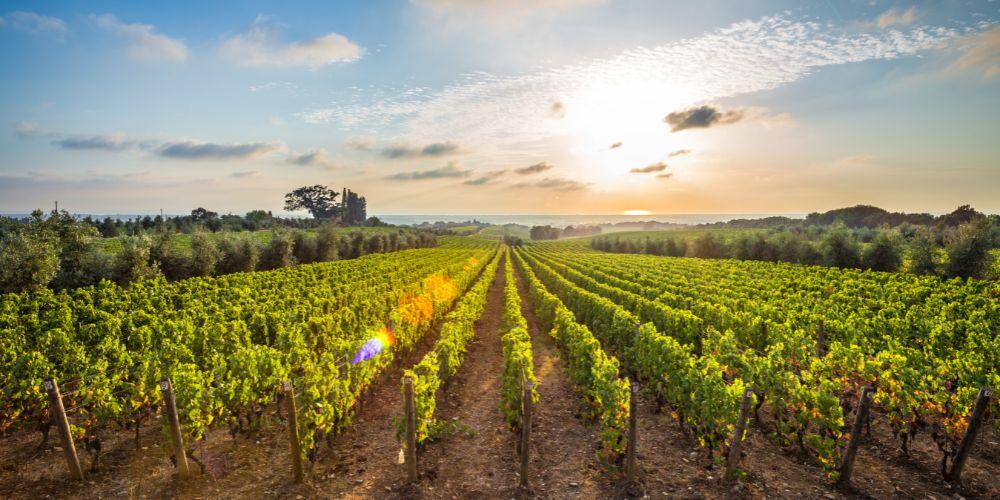
The red wine DOC Bolgheri Sassicaia is a wine with an intense ruby red or garnet colour. It has a winy, rich and elegant aroma and a dry, full, robust flavour.
It is produced in the municipality of Castagneto Carducci, in the province of Livorno, with a minimum of 80% of Cabernet Sauvignon grapes and a maximum of 20% of grapes from black grapes suitable for cultivation in the region of Tuscany.
Its ideal combination is with game dishes and grilled meat dishes. It tastes well with all cheeses with a strong and decisive flavour.
3. Colli di Luni Vermentino DOC
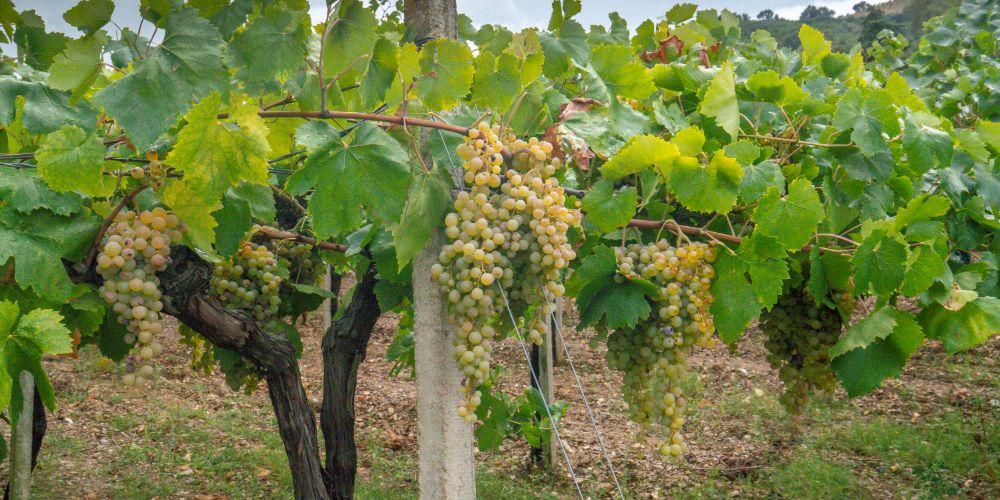
DOC Colli di Luni wine, in the Vermentino variety typology, is produced with a minimum of 90% of Vermentino grapes and a maximum of 10% of grapes from other white grapes suitable for cultivation in the region of Tuscany.
The production area includes the territory of the municipalities of Fosdinovo, Aulla and Podenzana, in the province of Massa, and the territory of the municipalities of Ortonovo, Castelnuovo Magra, Sarzana, Santo Stefano di Magra, Bolano, Calice al Cornoviglio, Beverino, Riccò del Golfo, Follo, La Spezia, Vezzano Ligure, Arcola, Lerici, Ameglia, in the province of La Spezia.
It is a white wine with a pretty intense straw-yellow colour, with an intense, characteristic and fruity aroma and a dry, harmonious, delicately almondy flavour. It combines well with many dishes, including seabass, capon, courgettes and soft cheeses.
2. Montecucco Rosso DOC
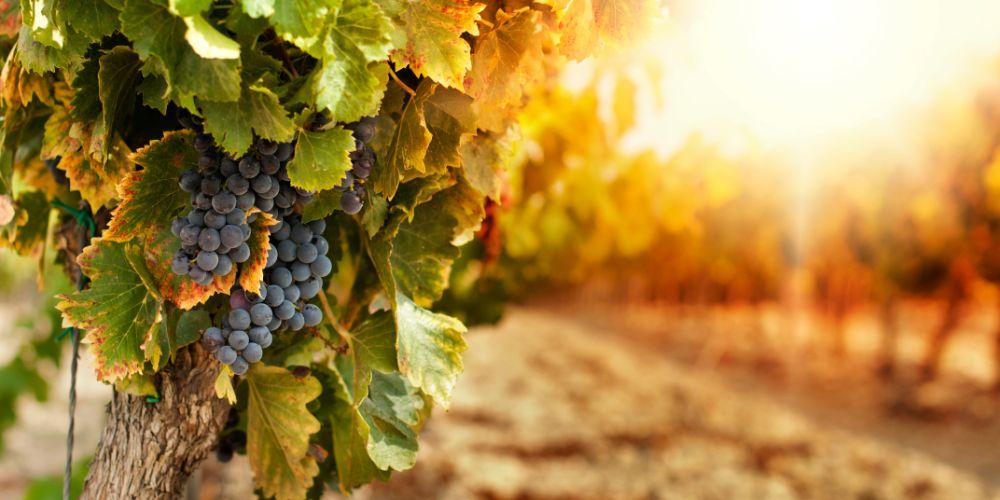
The production area of DOC Montecucco wine is located in the municipalities of Cinigiano, Civitella Paganico, Campagnatico, Castel del Piano, Roccalbegna, Arcidosso and Seggiano, in the province of Grosseto.
In its red variety, this wine is produced for a minimum of 60% with Sangiovese grapes and a maximum of 40% with grapes from other black grapes suitable for cultivation in the region of Tuscany, with the exclusion of Malvasia Nera, Malvasia Nera di Brindisi and Aleatico.
It is a red wine with an intense ruby red colour, with a winy and ample bouquet perfume and a harmonious, dry and rightly tannic flavour. It pairs perfectly with red meats, but also with roasts and boar meat.
1. Maremma Toscana Rosso DOC
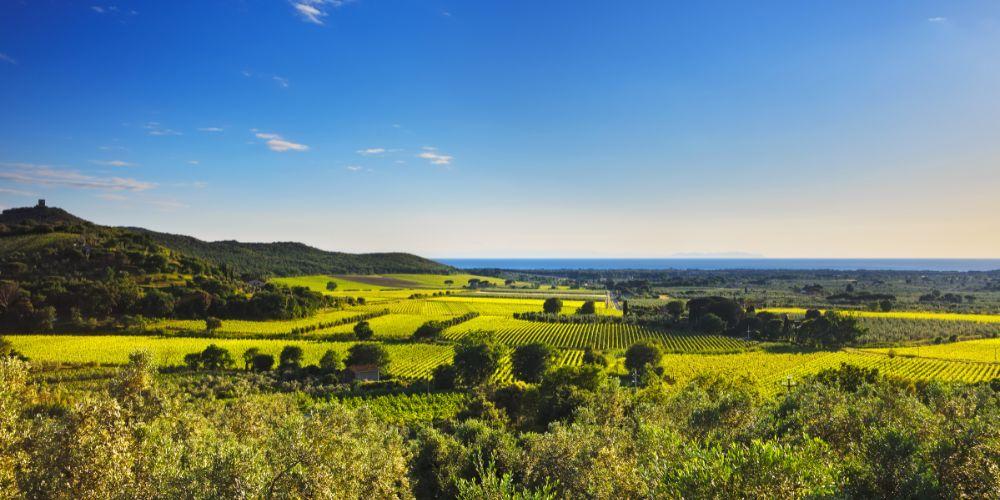
In its red variety, DOC Maremma Toscana wine is a ruby-red coloured wine with violet reflections. It presents a winy aroma and a dry, harmonious and balanced flavour.
It is produced for a minimum of 40% with Sangiovese grapes and for a maximum of 60% with grapes from other black vines suitable for cultivation in Tuscany.
The production area includes the entire territory of the province of Grosseto. Perfect if it pairs with meat based meat-based first and second courses.
About the author
Written on 08/09/2022


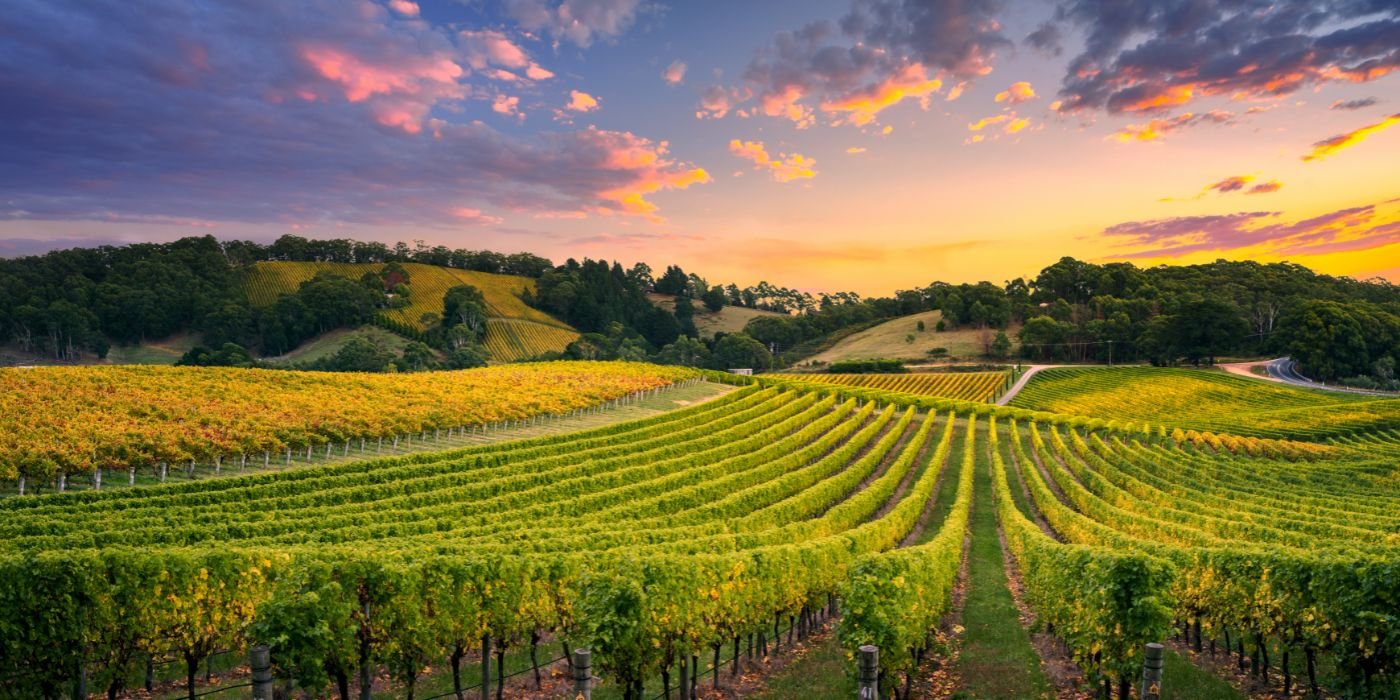

Sara Celin
Tuscany is one of the most important and renowned wine regions in Italy, but which are its most important wines?